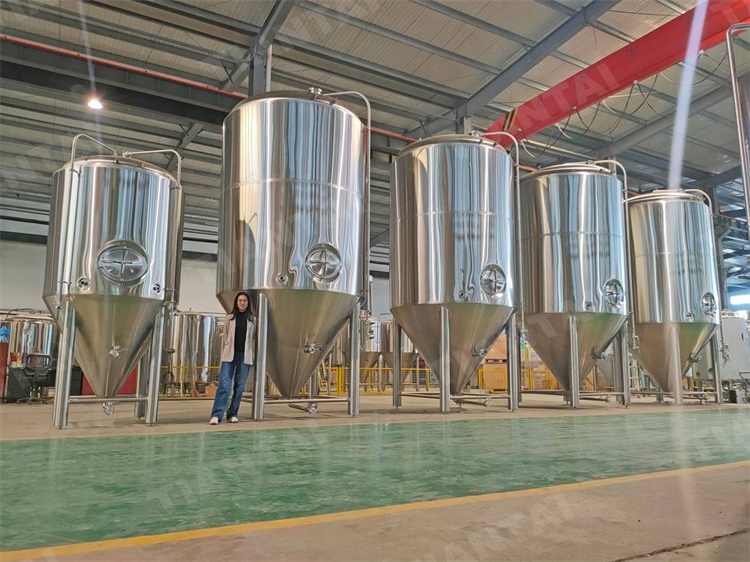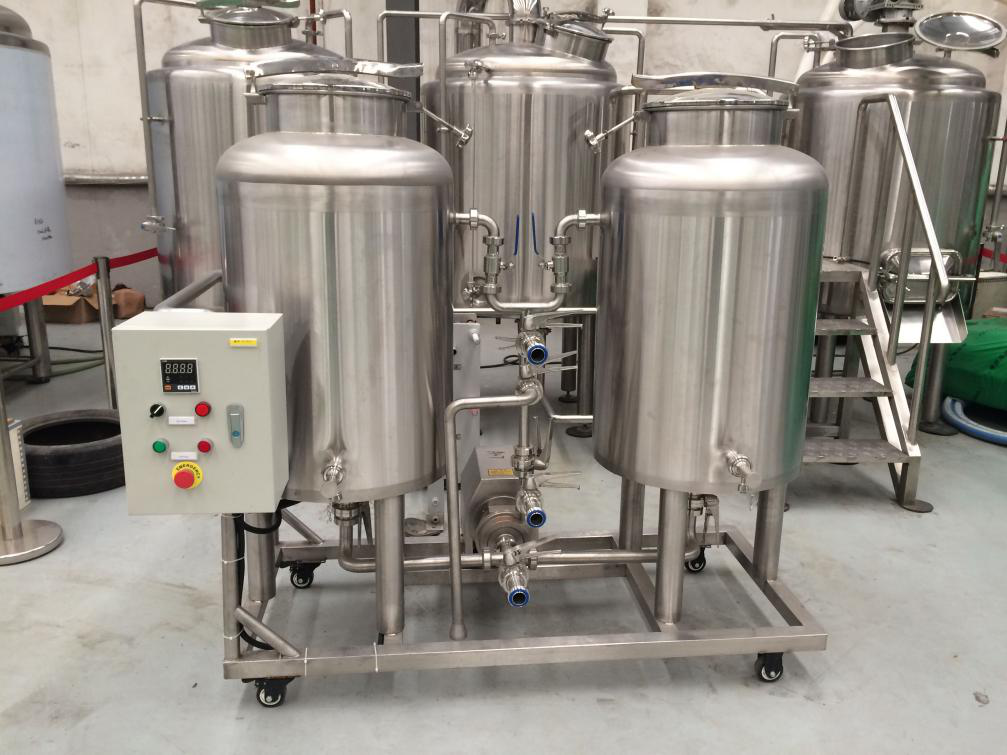Dry Milling
Dry milling is the most common milling process followed by the majority of modern breweries. In this process, milling heavily relies on the roller mill which varies with a degree of complexity. There are different types of malt mill with two, four, five or six rollers and an array of screens which vibrate to crush and segregate the grain kernels.
.jpg)
Grist before milling
An ideal grist for a brewery comprises the outer husk which is separated from the grain and endosperm crushed and exposed to form a uniform particle. The separated husks form as a filter bed during the mashing process which are essential to keep the crushed grains from sticking together.
Malt which is milled too fine will produce dust-size fragments that tend to float around and obstruct the flow of wort. This will lead to incomplete extraction of sugars. On the other hand, milling too coarse will not expose any starches and in turn cause lower mash efficiency. Therefore, as a rule of thumb, it is recommended to crush/mill the grains in a consistent way until the desired combination of fine and coarse grinds is achieved.
Dry milling is simple and easy but it generates dust with imminent hazard of explosive ignition by sparks.
.jpg)
Milled grains
Wet Milling
In wet milling, malt is steeped in large quantities of warm water in the grinding operation. This is done to raise the moisture content in malt up to 15%. In comparison to dry milling, this process ensures that pre-wetting not only reduces the damage to the husk but also leads to more volume of grist in lauter tun.
When the grains are dry, the chances of shattering its husk are much higher. Wet milling ensures that the grain husk remains intact and allows for a faster run-off time. In addition to this, wet milling produces no dust and there is no hazard of explosive ignition by sparks.
Its disadvantage is that wet milling systems are expensive and need to be constructed with corrosion resistant alloys. Since the grains are wet, there’s a high chance of mold and other contaminants if the system is left untreated.
Conditioned wet milling is another method where it blends two previously mentioned techniques. Here the malt enters a steeping chamber prior to being crushed and briefly exposed to hot water. Grain husk absorbs the water instantly and then sent through the mill rollers. Similar to wet milling, this does not produce any dust.
.jpg)
Which grist milling process you will use for your microbrewery? Tiantai beer equipment company as one of professional beer brewing system manufacturer in China, we can provide you a specific solution according to your beer brewing requires. Warmly welcome your proposal on any beer equipment!
Edited By Daisy
[email protected]





Get In Touch